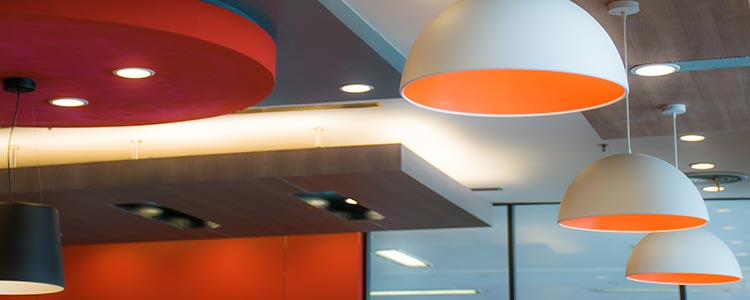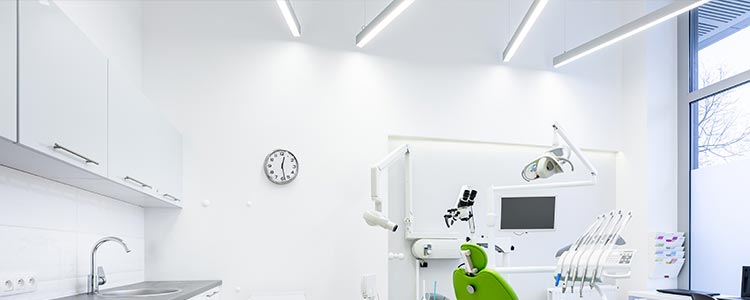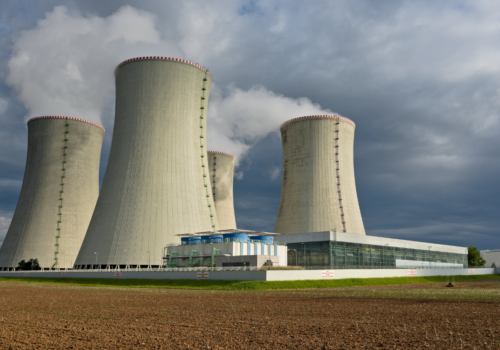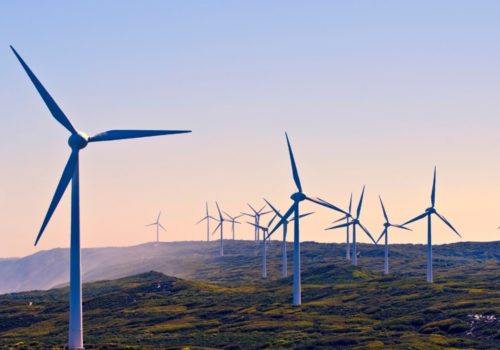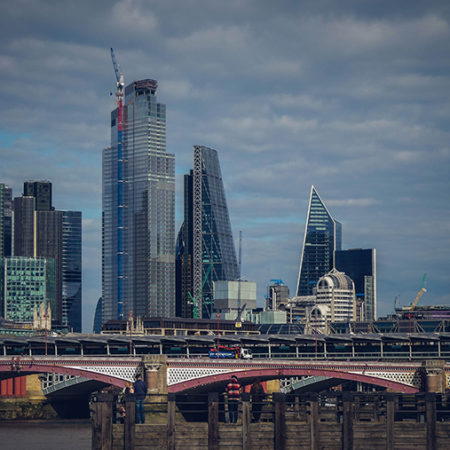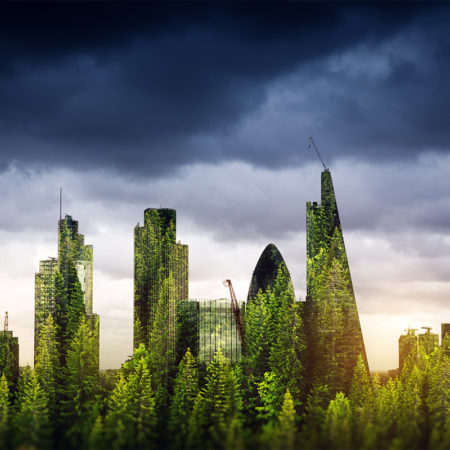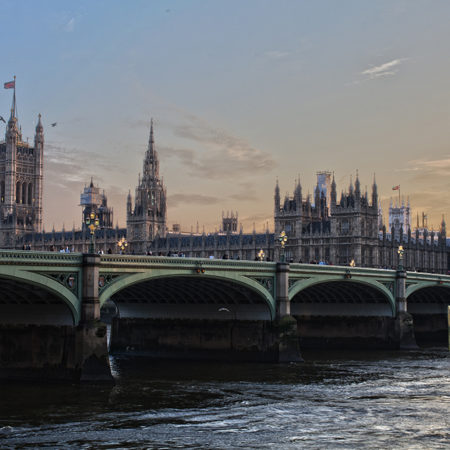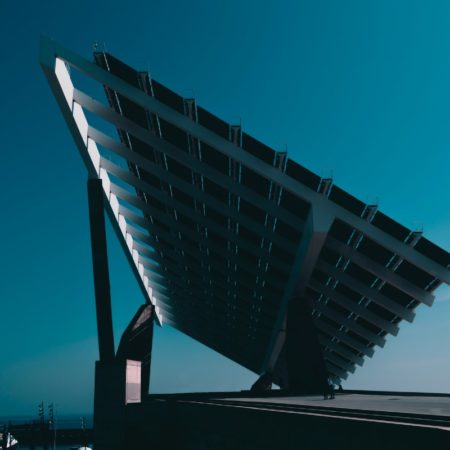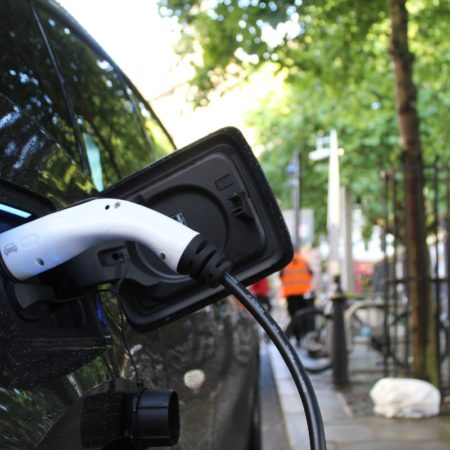Energy efficiency plays an essential role in achieving net zero, and installing LED lighting is one of the quickest and simplest measures. Here’s what UK business needs to know.
Ethical Corporation writes that LED lighting needs to become standard in homes, offices and factories around the world to cut the carbon footprint of buildings, which are currently responsible for one-third of global energy demand, and one-quarter of the world’s greenhouse gas emissions.
According to the World Green Building Council (WorldGBC), if well-known energy efficiency best practices were implemented on a large scale, building energy demand could be reduced by one-third by 2050 globally, delivering 5.8 billion tons of CO2 emissions savings.
So, what can UK corporates learn on the LED revolution, and its potential within net zero strategies?
LED lighting – its role in net zero targets
On the road to net zero, energy efficiency measures may not grab as many headlines as clean energy innovations. But energy efficiency is essential, practical and often simple to install. The Climate Group puts it well: “LED lighting has been recognized as one of the most actionable and ready-to-implement technologies for cities to transition to a low carbon economy and peak emissions in the next decade”
According to the Climate Group, lighting accounts for nearly 6% of global CO2 emissions, and a global switch to LEDs could save over 1,400 million tons of CO2 and avoid the construction of 1,250 power stations.
How much money can business save with LED lighting?
Switching to LEDs is an easy win – something as minor as a 20% reduction in energy costs can add the same benefit as a 5% increase in sales for business. Upgrading from conventional lighting to LED technology can deliver significant cost savings of up to 80% for a business, according to BEIS.
EDF Energy analysed 4,150 commercial and public sector sites and found on average, organisations could make annual savings of £10,800 per site by installing efficient lighting, reducing their carbon emissions by 24 tonnes per site, per year.
The number is significant alone, but for a large multi-site organisation, the savings could be huge.
The use of appropriate lighting controls can further boost savings, including: daylight linked photoelectric control, presence detection with occupancy sensors, time switching and flexible manual control. BEIS says that savings of 30%-50% are common for circumstances where automatic controls are used.
The benefits of LEDs in commercial and industrial spaces
There are added benefits too. LED lights give off less heat than halogen bulbs. This can significantly reduce air conditioning costs during summer. They are brighter and produce better light quality than traditional lighting applications.
LED lighting solutions offer wider environmental benefits. Fluorescent bulbs have traces of mercury and require special disposal practices. LEDs don’t contain mercury, so they are easier and cheaper to dispose.
And, LEDs are ‘instant on’ lights; unlike many fluorescent lamps they do not need time to warm up before they work at full strength, and LEDs can withstand a greater intensity of vibration and shock than standard lights.
Next steps to a lighting overhaul
LEDs are one of the simplest changes to make across an estate, with pretty much guaranteed financial and environmental benefits that pay back in a reasonably fast time too.
The technology is proven, benefit firms’ overall carbon reporting and footprint and provide visible proof that your business is serious about energy efficiency. Anything other than LED lighting for a modern business increasingly looks like a legacy decision.
Explore a range of approved project net zero lighting partners.



